From Sketch to Reality: How to Design a House You'll Love
With careful consideration of your lifestyle and the lot or property your house will be located on, you know best how you want your home to look and feel. We provide the steps to successfully design your own home and make your vision a reality.
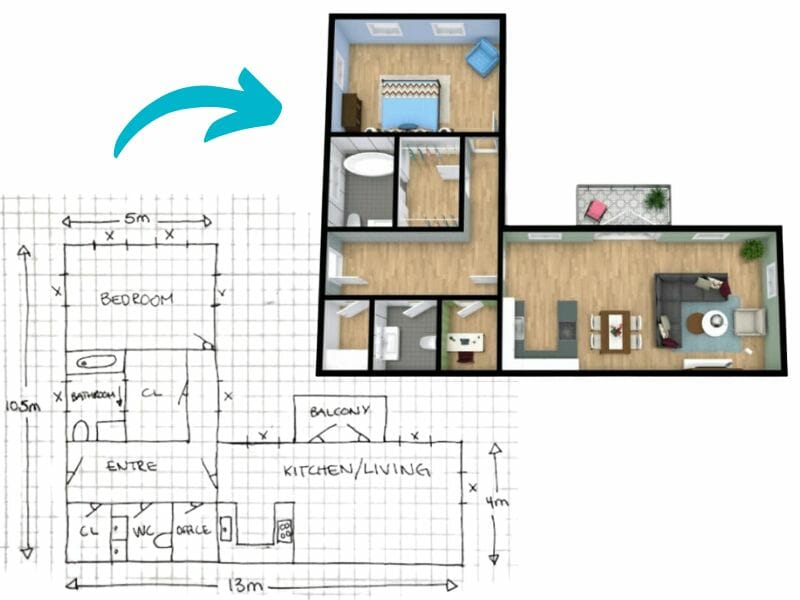
A good design is essential to creating the perfect home that functions well with your lifestyle. Whether you're building a new home or renovating an existing one, a solid design plan is crucial to achieving a space you'll love for years to come. This article provides a step-by-step guide on how to design a house yourself from sketch to reality.
No one knows better than you what you need. We'll walk you through each stage of the design process and provide tips on how to create a house you'll love.
Start With a List - Match Your Home to Your Lifestyle
Designing a house that matches your lifestyle is one of the most important aspects of creating a home that you'll love. The first step in this process is creating a list of "must-have" rooms, such as the number of bedrooms and bathrooms you require. Consider your current needs and also think about any potential changes in the future, such as a growing family or the need for a home office. Then add the features you don't want to compromise on, such as a separate laundry area or a walk-in closet in the master bedroom.
Once you have your must-have list, you can start to think about your "want" or "nice-to-have" list — such as a media room, an extra bedroom, or a gym. You can add these rooms and features if your budget allows. It's essential to balance your needs with your wants and ensure your home fits your budget and lifestyle.
By creating must-have and nice-to-have lists, you can start to develop a floor plan that will make your home comfortable and functional.

Consider the Lot - Think About House Placement
When designing a house, it's essential to consider the lot or property you are building it on. Factors such as the orientation, views, and natural light can significantly impact the functionality and overall feel of your home. You'll want to take advantage of the best views and natural light sources when creating a floor plan.
For example, if your lot has a beautiful view of a lake or mountains, you may want to position your living room or kitchen to take advantage of this view. You'll also want to consider the orientation of your lot and the sun's movement throughout the day. This will help you determine the best placement for windows and other openings to maximize natural light and ventilation.
The property may be in a municipality or neighborhood with restrictions or requirements. Knowing the regulations in advance is essential.
By taking the time to consider these factors, you can design a house that looks beautiful, functions well, and is comfortable to live in.
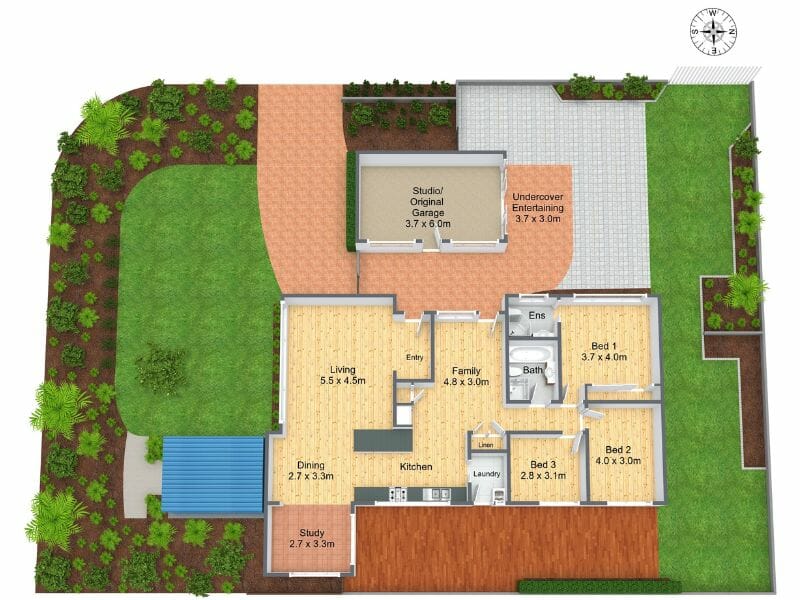
Getting Inspired
It's a good idea to start by browsing interior design magazines, online resources, and visiting model homes or even actual homes for sale in your area to get ideas. You can create a Pinterest board or a physical inspiration board to keep all your ideas in one place. Complete floor plans are also available online or in magazines and books to provide inspiration.
Consider your lifestyle and budget when choosing colors, materials, and finishes. For example, choose durable, easy-to-clean materials for your floors and finishings if you have young children.
Your design style will determine some of your choices. If you're designing a contemporary home, consider using sleek, minimalist finishes and materials such as stainless steel and glass. It's also important to consider the overall flow of the house and how the colors, materials, and finishes work together to create a cohesive design.
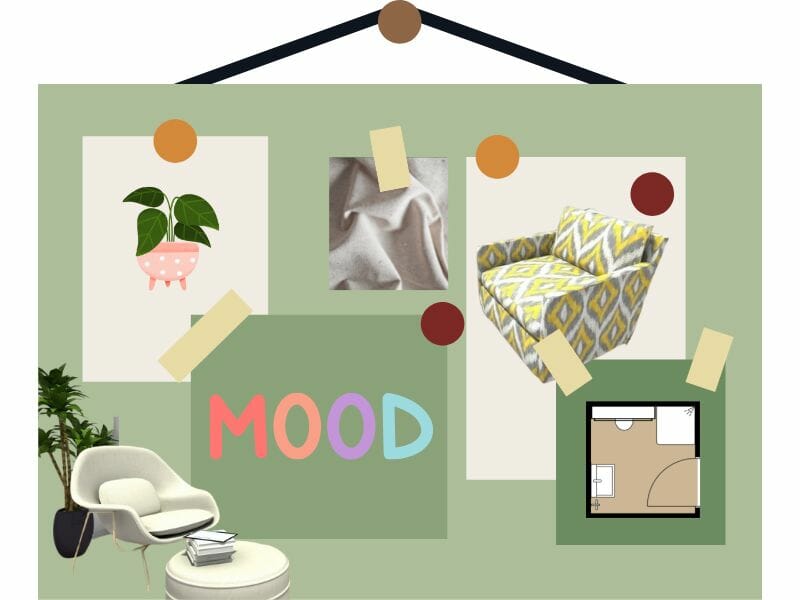
Try Sketching
Sketching a layout for your home is an important step in the design process as it will help you determine the house's overall layout and how the rooms connect.
When preparing house plans yourself, consider the purpose of each room and how it will be used. For example, you may want to place the bedrooms away from the living areas to provide more privacy and quiet. It's also important to consider the flow between rooms and how people will move through the house. This will help you create a home that not only looks beautiful but also functions well and is comfortable to live in.
Once you have a sketch, explore the use of a home design app to help you to create a floor plan. Your sketches and floor plans will probably have to be finalized by a professional architect to secure a building permit. But you will have taken the important first steps in explaining what you envisage your home will look like inside and outside.
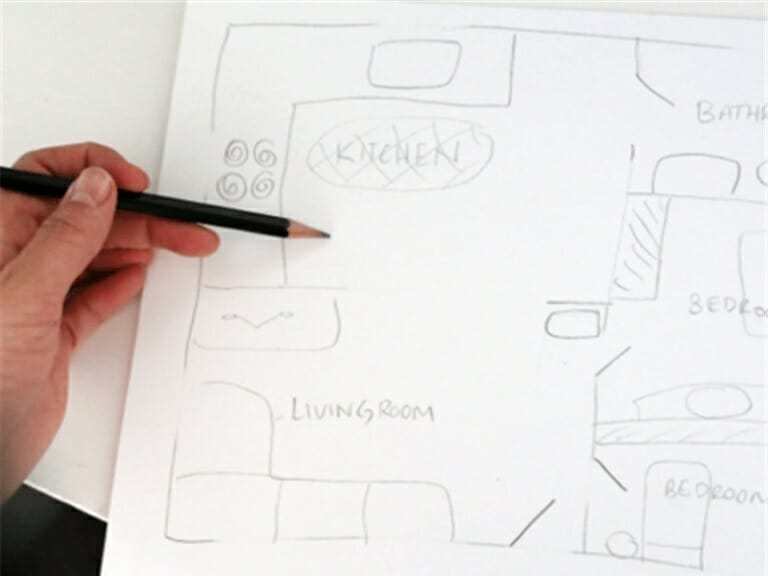
Modify A Template or Draw From Scratch
When designing a house, you have the option to modify an existing floor plan template or design the home plans yourself. If you choose to modify an existing template, it's important to refine the floor plan to optimize your space and create a functional home.
You can start by adjusting room sizes, moving walls, or adding or removing features to create a more efficient layout. It's also important to consider how each room flows into the next and how to create a logical and natural flow throughout the house.
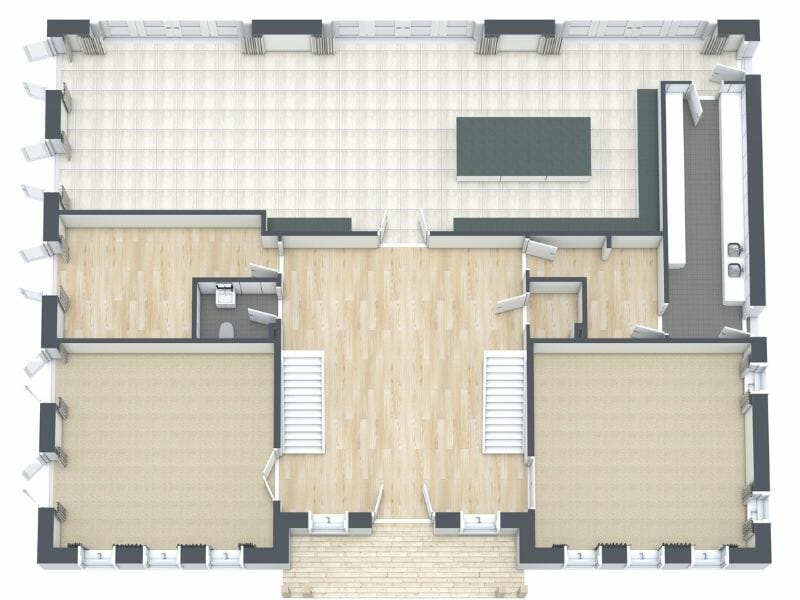
Choose the Right Professionals
Professionals — architects, contractors, and interior designers — can help ensure your project's success. Each professional will provide valuable advice to maximize your plans and budget. When looking for professionals, it's important to do your research and ask for referrals from friends, family, or other professionals in the industry.
Look for professionals with experience in designing homes similar to what you want and who share your design aesthetic. Make sure that the professional you choose is licensed, insured, and has a good reputation.

Finalizing Your Plans
Finalizing your home design plans is an exciting step in the design process, as it means that your vision is becoming a reality.
At this point, you will have made important decisions about your home's layout, style, and features. However, there are still some finishing touches to consider that will help make your home feel complete.
One important element to consider is lighting. You'll want to ensure that your home is well-lit and that the lighting complements your design style. Another element to consider is finishes, such as paint colors, flooring, and hardware. These details can greatly impact the overall look and feel of your home.
At this point, it might be good to consider how your furniture, artwork, and other decor items will fit. For example, will the dining area be large enough to accommodate the full extension of your table? Or is the island in the kitchen long enough to accommodate the number of stools your family requires when they gather for breakfast or do homework after school?
Once you have finalized all of these details, you're ready to move forward with the construction process and see your dream home come to life.

Frequently Asked Questions (FAQ)
Yes, it is possible to design your house online using various design software and platforms. These online tools allow users to create floor plans, select furniture and decor and visualize their ideas in 3D.
A popular home design app like RoomSketcher can help you in the process. However, it is important to keep in mind that designing a house online is just the initial stage and will require further input and review from professional architects and builders before construction.
Many apps allow you to design your own house, but one popular option is the RoomSketcher App. With this app, you can create floor plans, experiment with different layouts and styles, and view your designs in 3D. Other features include adding furniture and decor, customizing colors and materials, and sharing your designs with others.
The RoomSketcher app is available on both desktop and mobile devices, making it easy to use from anywhere.
While it is possible to design your own house without an architect, it is generally not recommended. Designing a house is a complex process that involves many technical and safety considerations, such as building codes, structural engineering, and HVAC systems. Without professional knowledge and experience, ensuring that your design is safe, functional, and meets legal requirements can be difficult. Hiring an architect can help ensure your design is properly planned and executed and add value to your property in the long run.
How to Design a House Online Today
If you are looking for something that no existing home plan or template offers, then try your hand at designing it yourself. Design your dream home with the RoomSketcher App.
Don't forget to share this post!
Recommended Reads
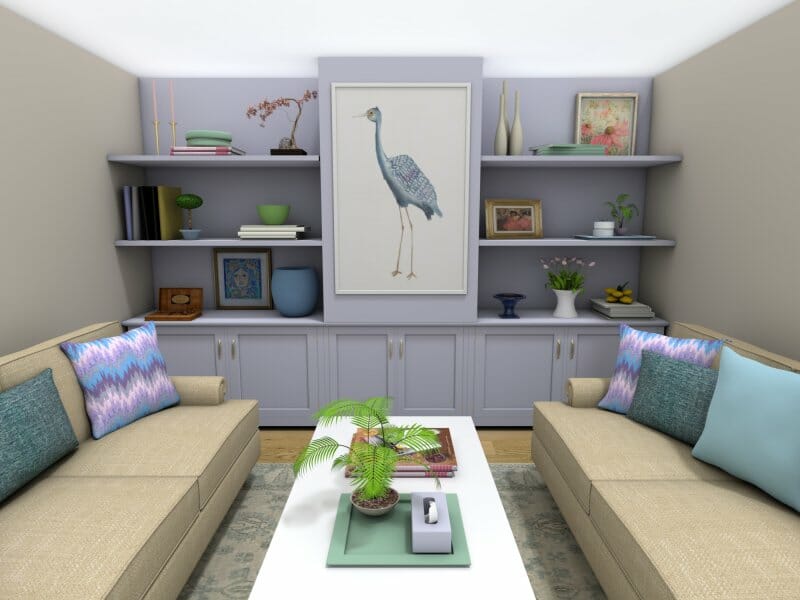
Interior Design Trends for 2024 Begin With Color
We give you the top interior design trends for 2022 directly from experts in the industry.
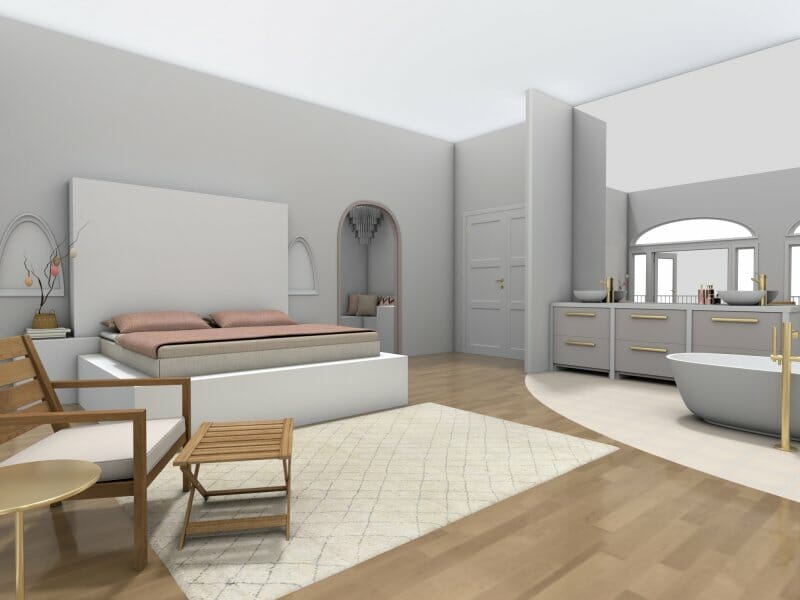
How to Create an Impressive Bedroom Design Online
Create your bedroom design online and browse our bedroom layout ideas. Practical design advice to get you started.

6 Simple Steps to Achieve the Best Furniture Layout
Today, we’ll discuss some ideas for creating the best possible furniture layout and how you can try out your furniture placement ideas without the heavy lifting!
